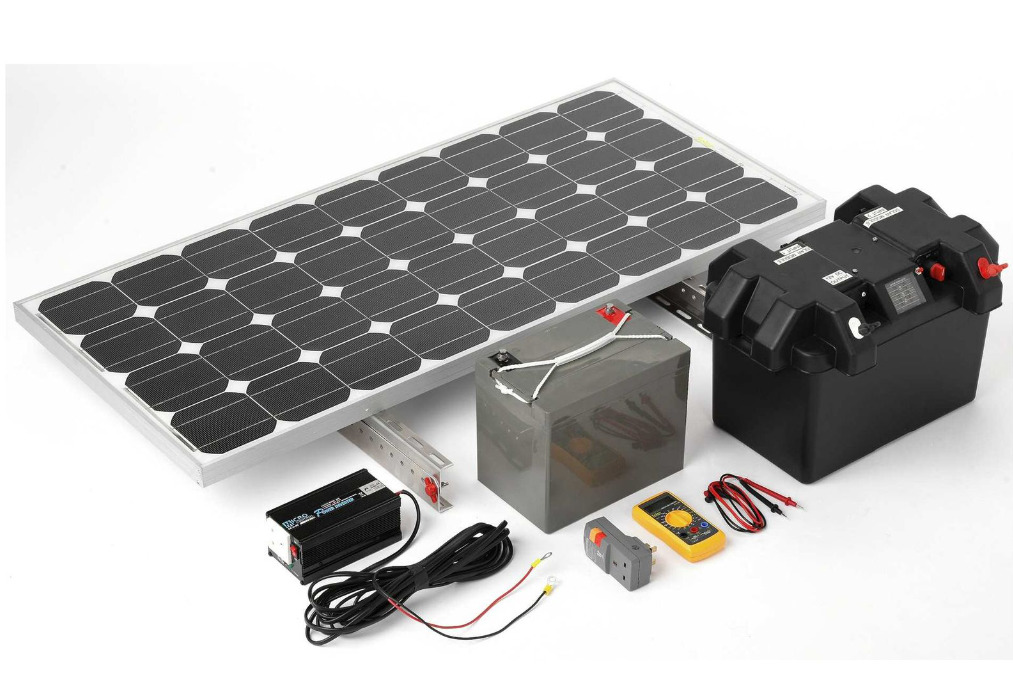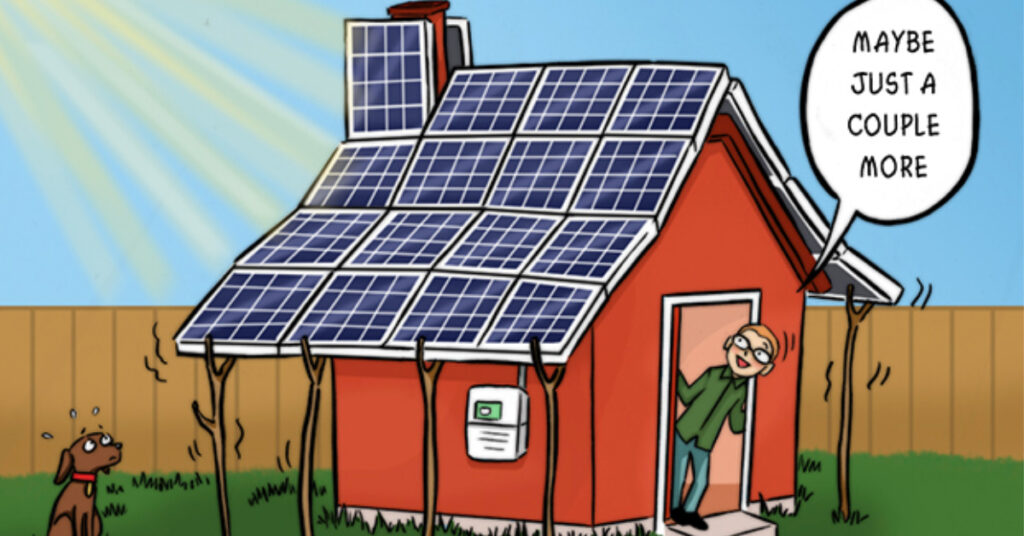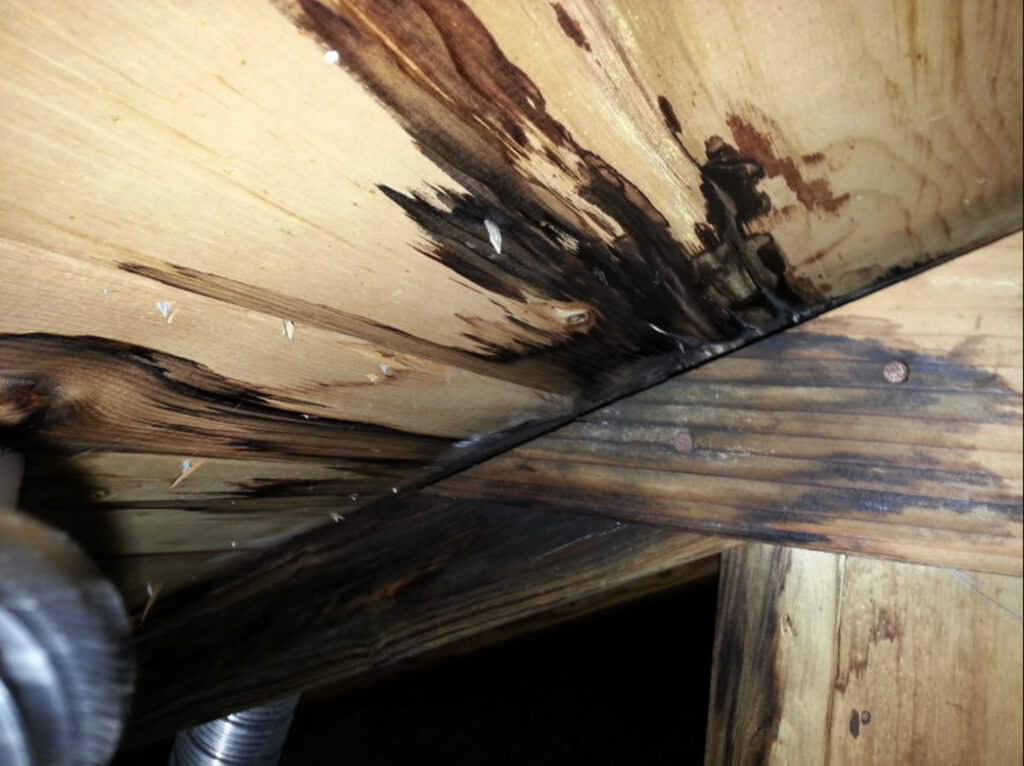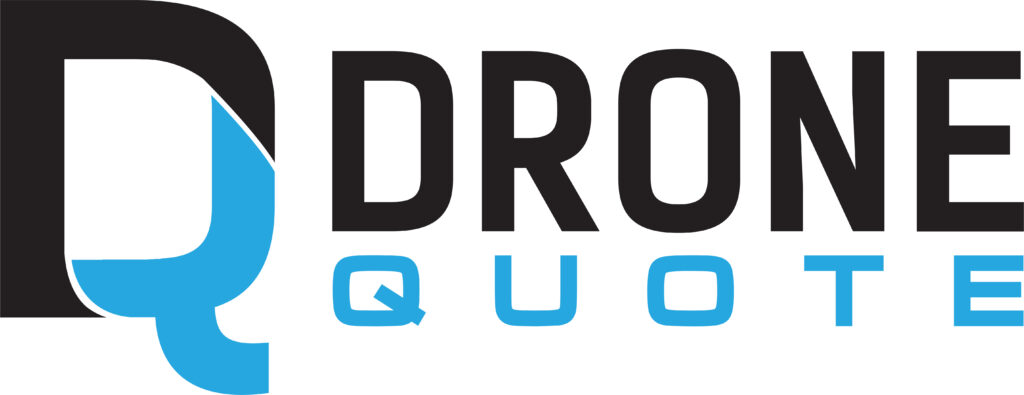Harnessing the sun’s power for your home is an increasingly popular option for homeowners. But with the rise of solar technology, there is also a rise in stories of solar panels gone wrong. A bad solar installation is a costly mistake that can be avoided if you know what to look for.
This article will cover the basics of solar panel installation, common installation mistakes, the signs of a bad install, and what to do if you suspect a bad install. We will also give tips on finding a reputable solar installer, ensuring quality solar installation, and understanding the warranty coverage on solar installs.
Introduction to Solar Panel Installation
Solar energy is popular for homeowners looking to reduce their energy bills and become more sustainable. An average homeowner can save over $1,500 a year when they switch to solar. Solar panels are becoming more affordable, dropping the costs by 12% between 2020-2021.
Installing solar panels on your home is a major project that requires research, planning, and finding the right installer. If done correctly, solar panels can significantly save energy bills and reduce your carbon footprint.
Before installing solar panels on your home, it’s essential to understand the basics of the installation process.
Solar panel system components
Solar panel systems are made up of three components: the solar panels, which capture the sun’s energy; an inverter, which converts the energy from the panels into electricity used in your home; and; the racking/mounting hardware, which is literally how the panels are attached to the house.
Racking is the foundation that holds your solar array in place. It must withstand wind loads or extreme weather temperatures. Solar panels are typically mounted on the roof of a house, although they can also be mounted on the ground. Installers run wiring from the solar panels to the inverter. This wiring will carry the energy produced by the solar panels to the inverter. Which will then convert it into usable electricity.

Common Solar Panel Installation Mistakes
When it comes to solar installs, there are a few common mistakes that can lead to a subpar installation.
The most common mistake is improper mounting of the solar panels. Solar panels should be mounted securely to the roof, and the installer should check the roof for any potential damage before mounting the panels. If the roof is damaged, the panels may not be securely mounted and could eventually become loose or even fall off.
Another common mistake is ignoring the structural design of your home’s roof. If your roof has chimneys or air vents, it may be impractical to put solar panels beside or over these structures. Although obstructions like chimneys and vents may complicate solar installation, good installers will look for ways to avoid them.
Running the wiring incorrectly is another common install mistake. Wiring is run in tubing called ‘conduit.’ It is best to use metal conduits rather than plastic conduits. Plastic conduits have limited resistance to UV damage in direct sunlight, whereas metal conduits can withstand high temperatures and pressures. Plastic conduits suffer from chalking, discoloration, and eventually deterioration when exposed to high temperatures and sunlight for some time.
Improper sizing of the solar panel system is one of the costliest mistakes to avoid. Undersizing your system will cost you more because energy usage usually increases after solar installation. Solar panels also lose capacity by 10-15% throughout their life span, producing less energy. Undersizing your system often leads to regret of not installing more solar panels and frustration at buying more electricity from an expensive utility.

Another common mistake is placing solar panels away from the sun. Solar panels on your roof are hardly the most aesthetically pleasing feature, so homeowners sometimes want to keep them out of sight. Having solar panels out of view is fine. They can get enough sunlight and avoid shadows from nearby trees and structures. Additionally, you want to install your solar panels where they can generate power the most power, like the south or west. Expect to add more solar panels when installing solar on north-facing roofs as they generate the least amount of energy.
Incorrectly sizing the inverter is another mistake to avoid. An undersized inverter paired with a system that can produce more power than the inverter can cause inverter clipping. Clipping or throttling happens when more DC power is being fed into the inverter than it is rated for. When this occurs, the inverter will produce its maximum output while the excess power is clipped off.
While most solar companies are trustworthy, there are still some bad apples you need to beware of. That’s why shopping around first and getting at least three quotes is essential. Evaluate, and scrutinize their services before signing up with any of them. DroneQuote has made this easier for homeowners because the company understands the painstaking process of getting quotes from several solar providers. Once you sign up with DroneQuote, the company will give you solar quotes from multiple trusted solar providers.
Signs of a Bad Solar Install
Knowing the signs of a bad solar install can help you avoid costly mistakes and ensure that your system works properly.
The first sign of a bad solar installation is if the system is not producing the energy it should be generating despite receiving adequate sunlight. This could indicate that the system is not adequately maintained or has malfunctioning components. If the system is not producing enough energy, it could be a sign that something may be wrong.
If the solar panel system produces the amount of power you expect, the issue may be that the system is undersized for your needs.
The right solar panel system can provide all, if not most, of your electricity needs. It must generate enough power to keep lights and appliances running during daytime hours. Additionally, the right system should cover additional energy usage that happens after people install solar panels.
Leaks can also signal faulty solar panel installation, leading to water damage. Incorrectly installed solar panels can increase the risk of water ingress and corrosion. Which may lead to a faster system failure. Keep an open eye for signs of leakage after installing solar and getting your first rain.

What to Do if You Suspect a Bad Solar Install
If you suspect that you have a terrible solar installation, you should contact the installer first. They should be able to inspect the system and determine the cause of the issue. This is one of the reasons why opting for the lowest price you can find can come back and cost you later. If shortcuts were taken to show you a prettier price, you might have to contend with poor customer service during ownership.
How to Find a Reputable Solar Installer
Finding a reputable solar installer is essential to installing solar panels in your home. The best way to find a reputable installer is to do your research. Ask friends and family for referrals and read online reviews to get an idea of the quality of work that different installers provide.
You should also ask any potential installers for references and ask them questions about their experience and qualifications. It’s also a good idea to ask for quotes from multiple installers to compare prices and get the best value for your money.
Ensure you understand the warranty coverage on your system. Most installers offer a warranty on the system, and it’s essential to understand what is covered and for how long. It’s important to understand the terms of the warranty and what is covered. This will help you know what to expect if something goes wrong with the system.
Finally, make sure to inspect the system regularly to make sure it is functioning correctly. A smart monitoring system will make it easier to catch any potential issues before they become significant problems and help you keep your system running efficiently.
DroneQuote as your solar fiduciary

Installing solar panels on your home is a significant project that warrants research and planning. But if done correctly, it can be a great way to reduce energy bills and become more sustainable. Understanding the whole process of solar procurement and installation is essential to avoid a subpar installation. To help you make the best decision for your solar journey, DroneQuote is here to assist you. Our experts will walk you through the whole solar installation process and even provide you with multiple quotes from respectable solar providers in your area.
